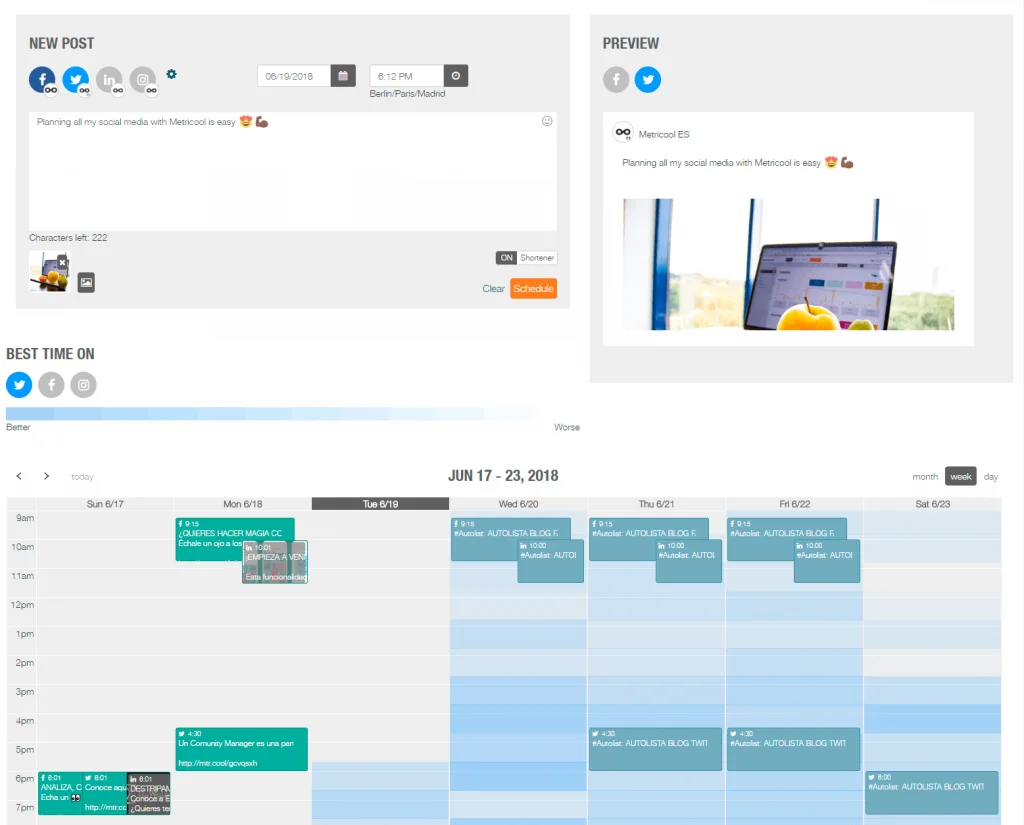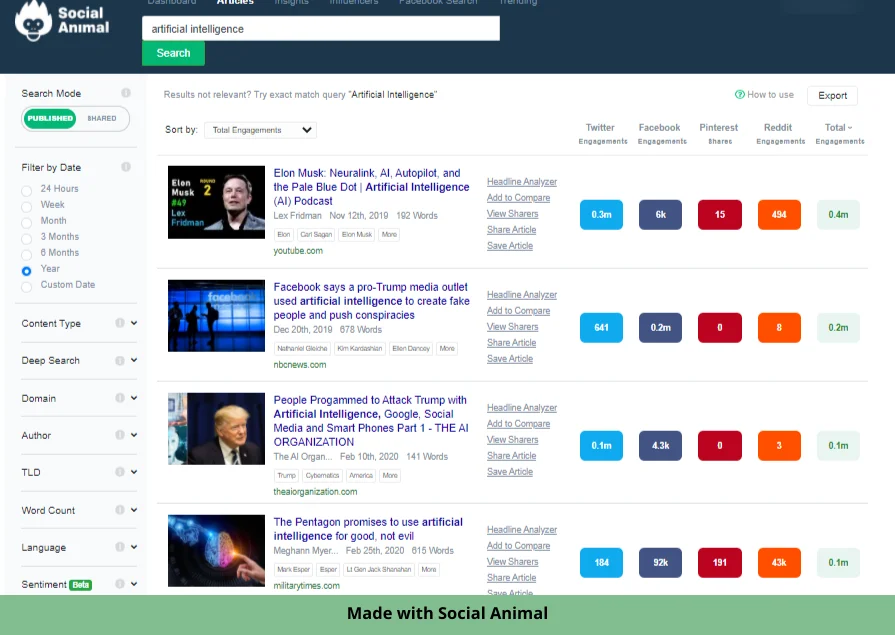How To Curate Content In 5 Easy Steps?

The world is going digital. And, brands have to up their game if they want to capture their audience’s attention.
Why?
Because not every brand or business can create multiple pieces of content consistently. It is nerve-wracking and time-consuming to create content that is valuable, meaningful and has the potential to be “share-worthy”.
Even if your brand does all of the above, it is still hard to get noticed because of content overload. Tens of thousands content pieces are created every day in all sorts of formats including images, videos, podcasts, infographics etc.
How will you keep your audience’s attention and keep them engaged?
Simple. By sharing content that is interesting and specifically sharing content that is NOT yours to give your audience some variety.
This is content curation.
Content Curation can be defined as “finding great content and posting it on your social media platforms for your followers in an organized way that adds value to the audience and your brand.”
What are the benefits of content curation?
- Builds credibility and establishes trust.
- Increases brand awareness
- Builds brand loyalty
- Keeps your social profiles engaged
- Increases industry or niche knowledge for you and the audience
How to Curate Content in 5 easy steps?
Step 1: Create a Curation strategy
Content Curation isn’t easy. You cannot share anything you see online. Whatever you share must be meaningful to your audience. And the only way to add meaning is by creating a content curation strategy.
Here’s what you have to do to create a working content curation strategy:
- Make a list of all the keywords that you or your brand identifies with.
- Take a look at all your competitors and pay attention to the content they share. To do this easily, use Social Animal to view “Top-performing” articles of your competitor’s domain and look at how different articles have received social shares on different platforms. You can also see the kind of posts that have had the most engagement on Insights.

- Look at your own social profiles and see when your audience is active on different platforms. You might also want to look at your competitor profiles and see when they have got the most engagement. Example: Your followers on Twitter might engage with you at different times than your target audience on Facebook.
Step 2: Signup and use any social scheduling tool
If you aren’t already using one, here’s an obvious reason why you should use a social scheduling tool.
It saves you time. Loads of time.
But here’s a more convincing reason: You can schedule posts, assign time slots and they will be posted on your social media pages even if you are not online.
Social scheduling tools also help you with analytics and keep track of your published and upcoming posts in a single interface.
Some tools even tell you when the time is better on different social media platforms.
Example: Metricool

Use a scheduling tool to set your own publishing times. Now that your schedule and strategy is ready, we can move on to the most important step.
Step 3: Find Content to share
As mentioned before, you cannot share anything you see. What kind of content should you share then?
How about curating content that is “shareable” and is already popular in your niche? Why not share something that has had tons of engagement?
This will help you get some shares as well. And when you share something that is currently popular, you establish yourself as a thought leader.
BUT,
How will you find this totally share-worthy content?
There are tons of ways to get on top of what’s happening and find popular content.
- Set Google alerts: Get emails when new results pop up for a topic on Google. For example, you can get info about news, products, or mentions of your brand or name.
- Feedly: An excellent source for finding trending content. Also, a place where you can collect all new info from RSS feeds of your favourite sites.
- Reddit: While not a user-friendly site, Reddit is a good place to find trending content and topic inspirations.
- Use tools like Social Animal: The above options are good if you are looking for general topics but to get a continuous supply of niche-related content, you will need an advanced content marketing software like Social Animal. Here you can get your hands on 300+ million articles on all possible keywords which you can then sort through by time, engagement and even sentiments. The tool also launched a “Trending” feature that shows what’s trending in real-time.

(Register and get a 14-day FREE trial)
Step 4: Find Influencers who share content related to your
niche
Now that you’ve got a strategy, a schedule and endless content articles to curate, should you start curating right away?
No. There’s one more step.
Find Influencers in your niche, who share related content.
Why?
Because Influencers are “established thought leaders”. By finding and following them, you get access to the content they share.
And additionally, you can reach out to them to share your content. Chances of them wanting to share your content are high.
How do you find these influencers who are “already sharing your content or related to your niche”?
Social Animal’s here to help you with this too. Unlike other “Influencer discovery” tools, Social Animal actually lets you see Influencers based on the content they share. All you have to do is look for a keyword/topic and select “Shared content” filter.
(You can also pick “Top Authors” on any topic.)

And with that step, you’re officially done with the “sharing” part of your content curation.
Step 5: Monitor your pages and keep a track on how your posts are performing
After Step 4, you can get to scheduling quality content. But the process of content curation does not stop there. You have to constantly and consistently monitor all your pages and profiles to see what’s working and what isn’t. Your strategy might need tweaking or you may want to change your schedules completely.
Remember that to keep your audience engaged and to bring in more likes or followers, you need to keep sharing good content that is also interesting. And most importantly, you have to regularly monitor all the analytics that your social profiles have to offer.
Key takeaways:
- Always have a curation strategy in hand.
- Do not leave your social pages empty. Schedule even when you are not available or online.
- Share content that gives value.
- Follow Influencers from your niche to stay on top of what’s trending in your niche.
- Regularly monitor social analytics of your profiles.

